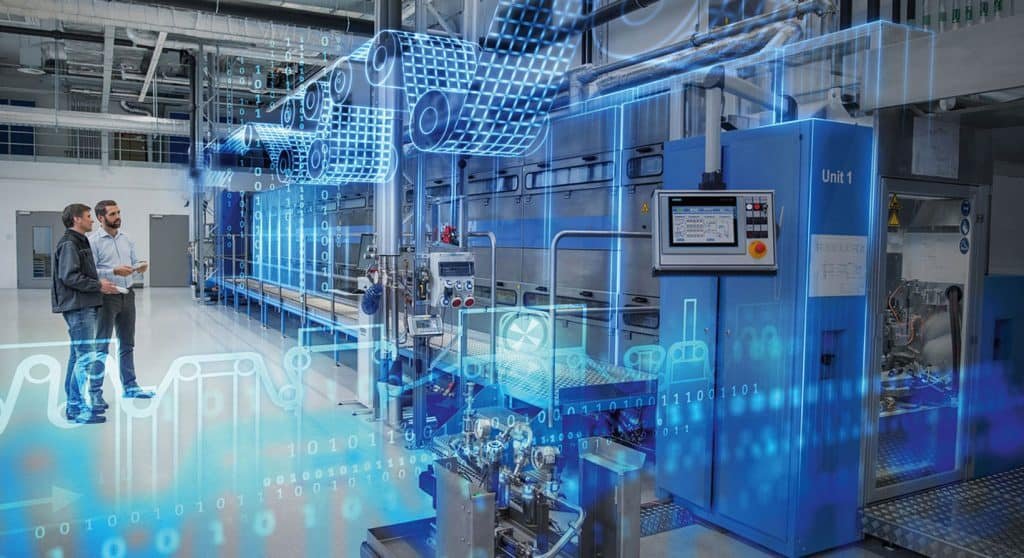In the fast-paced digital era, technological advancements continue to reshape industries across the globe. One such transformative innovation is the development of digital twins. Digital twin technology has emerged as a powerful tool that revolutionizes various sectors, enabling organizations to enhance efficiency, optimize operations, and drive innovation. This article delves into the concept of digital twin development, its applications across different industries, and the potential it holds for shaping the future of business.
Understanding Digital Twins
Digital twins are virtual replicas of physical objects, processes, or systems that allow real-time monitoring, analysis, and simulation. They leverage cutting-edge technologies such as the Internet of Things (IoT), artificial intelligence (AI), and data analytics to create a digital representation that mirrors the physical entity. By capturing and processing data from sensors and other sources, digital twins offer valuable insights into the behavior, performance, and condition of their real-world counterparts.
The Working Principle of Digital Twins
Digital twins operate on a symbiotic relationship between the physical and virtual realms. They continuously receive data from connected devices, sensors, and other sources in the physical environment. This data is then analyzed and processed using advanced algorithms to generate actionable insights. These insights are used to monitor performance, predict potential issues, and optimize operations in real time. By creating a digital twin, organizations gain an immersive understanding of their assets, enabling them to make informed decisions and drive innovation.
Digital Twins in Manufacturing
The manufacturing industry has witnessed significant transformations through the adoption of digital twin technology. By creating digital replicas of production lines and equipment, manufacturers can optimize efficiency, reduce downtime, and enhance product quality. Digital twins enable real-time monitoring of machines, identifying potential maintenance needs and minimizing costly disruptions. Additionally, they facilitate simulations and “what-if” scenarios to test new processes or equipment configurations before implementing them in the physical environment.
Also read: How Much Does It Cost To Build Digital Twin
Digital Twins in Healthcare
In the healthcare sector, digital twins offer unprecedented opportunities for personalized and proactive care. By creating digital representations of patients, healthcare providers can monitor vital signs, detect anomalies, and predict potential health issues. This proactive approach allows for early intervention, improving patient outcomes and reducing healthcare costs. Digital twins also enable healthcare professionals to simulate and refine treatment plans, ensuring optimal efficacy and minimizing risks.
Digital Twins in Smart Cities
Smart city initiatives aim to enhance urban living by leveraging data and technology. Digital twins play a pivotal role in this context by providing a comprehensive understanding of the city’s infrastructure and services. By creating virtual replicas of buildings, utilities, and transportation systems, city planners can optimize energy consumption, streamline traffic flow, and improve resource allocation. Digital twins enable cities to respond swiftly to emergencies, plan sustainable development, and enhance overall livability.
Digital Twins in Energy
The energy sector is another industry that can benefit immensely from digital twin technology. By creating digital replicas of power plants, renewable energy installations, and distribution networks, energy companies can optimize generation, transmission, and consumption. Digital twins allow real-time monitoring of assets, enabling predictive maintenance and improving operational efficiency. Furthermore, they facilitate the integration of renewable energy sources and aid in optimizing energy management strategies.
Digital Twins in Aerospace and Defense
The aerospace and defense sectors have embraced digital twin technology to enhance the performance and safety of aircraft and military systems. Digital twins enable continuous monitoring of aircraft components, ensuring proactive maintenance and minimizing downtime. They also assist in simulations and virtual testing of new designs and technologies, reducing development costs and risks. By leveraging digital twins, aerospace and defense organizations can improve mission success rates and optimize fleet performance.
Conclusion
Digital twin development is poised to revolutionize industries across the board, driving innovation, improving efficiency, and enabling proactive decision-making. From manufacturing and healthcare to smart cities and energy, digital twins offer immense potential for organizations to gain insights, optimize operations, and deliver enhanced experiences. As technology continues to advance, the applications of digital twin technology will only expand, reshaping the way industries operate and unlocking new possibilities for growth. Embracing digital twins today sets the stage for a future where organizations can thrive in the ever-evolving digital landscape.



